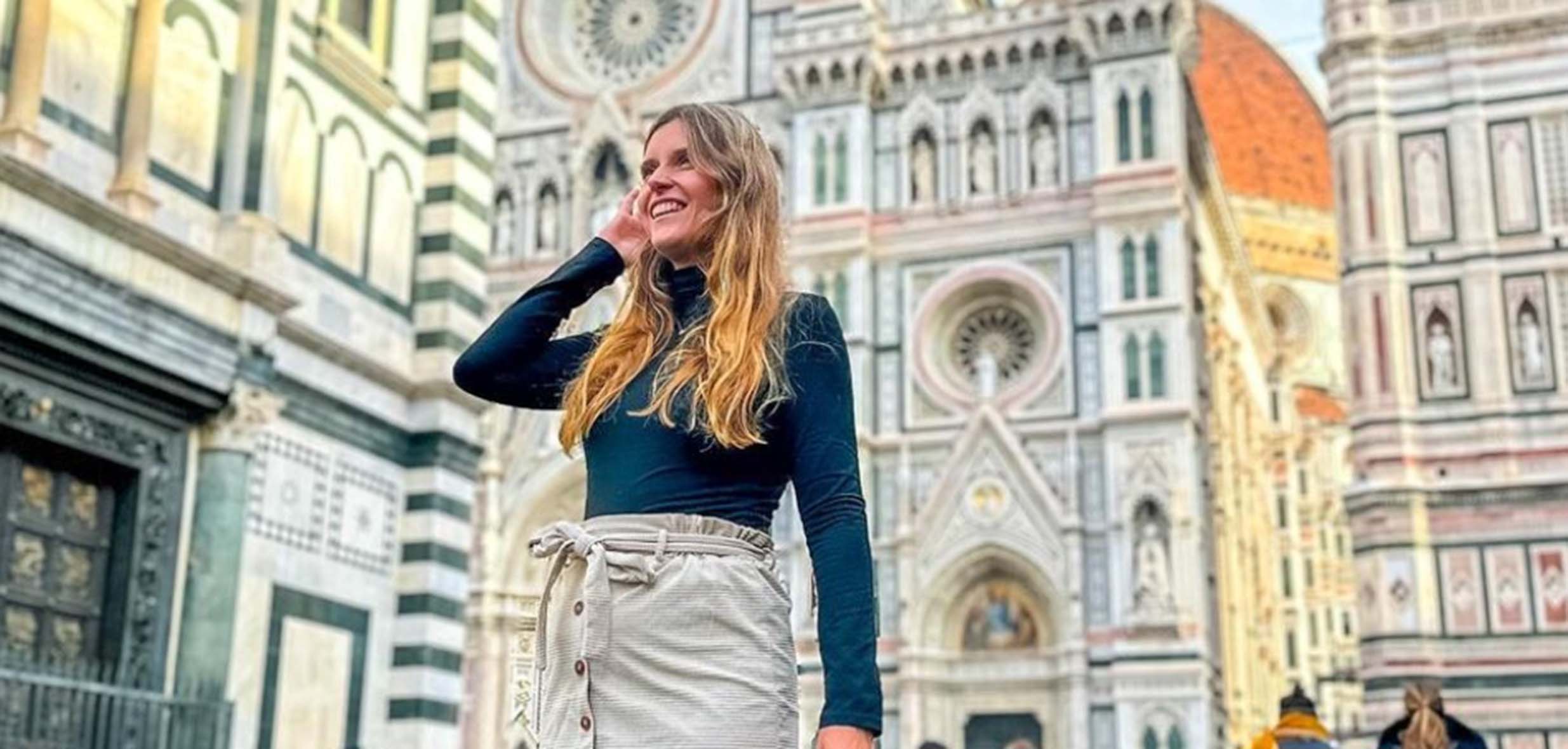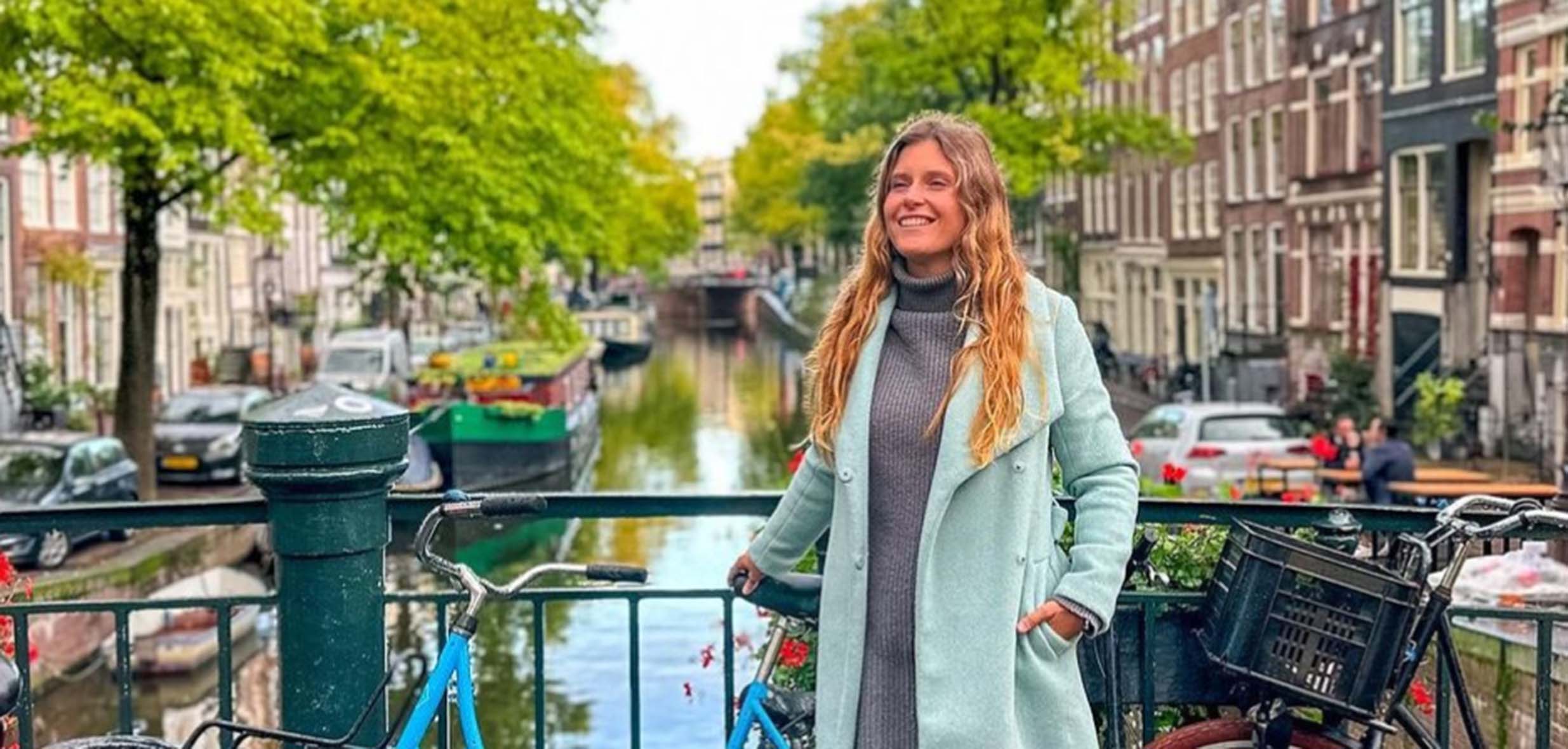Florence, a city that breathes history and art, unfolded its treasures before me, leaving an indelible mark on my soul. I invite you to join me in unlocking the enchanting sights, museums, churches, and activities that define this Italian jewel.
Brunelleschi’s Dome:
Standing beneath the grandeur of Brunelleschi’s Dome, my senses were overwhelmed by its architectural prowess. As I embarked on the climb to the top, the ascent became a journey through time, each step revealing a new chapter in Florence’s storied history. Upon reaching the summit, the reward was a breathtaking panorama that unfolded before my eyes. The red-tiled roofs of Florence formed a mesmerizing tapestry, interwoven with the spires of historic landmarks that spoke of centuries gone by.
Tower Giottos Campanile:
Adjacent to the Florence Cathedral, Giotto’s Campanile stood as a testament to the city’s artistic and architectural legacy. The intricate facade of the tower, adorned with delicate details, beckoned me to explore its depths. Ascending to the top, the sweeping views provided a unique perspective of Florence’s skyline. From this vantage point, the city unveiled its beauty, a harmonious blend of ancient charm and modern vitality.
Palazzo Vecchio:
Palazzo Vecchio, the majestic town hall that echoed with whispers of political intrigue, welcomed me into its historic embrace. The chambers within, adorned with Renaissance art, became portals to a bygone era of Medici influence and artistic brilliance. Each step through its halls felt like a journey through the corridors of power, a captivating immersion into Florence’s rich political heritage.
Ponte Vecchio:
Crossing the iconic Ponte Vecchio, the medieval bridge that spanned the Arno River, was a romantic sojourn into the heart of Florence. Beneath my feet, the river mirrored the colorful storefronts lining the bridge. The charm of Ponte Vecchio extended beyond its architectural grace; the artisan shops that adorned its edges added a layer of enchantment to the city’s ambiance.
Piazza della Signoria:
Piazza della Signoria, the pulsating heart of Florence, unfolded as a vibrant stage for history. Sculptures, including the replica of Michelangelo’s David, transformed the square into a living museum of the city’s cultural legacy. Each statue seemed to narrate tales of artistic genius, political drama, and the resilience of Florence through the ages.
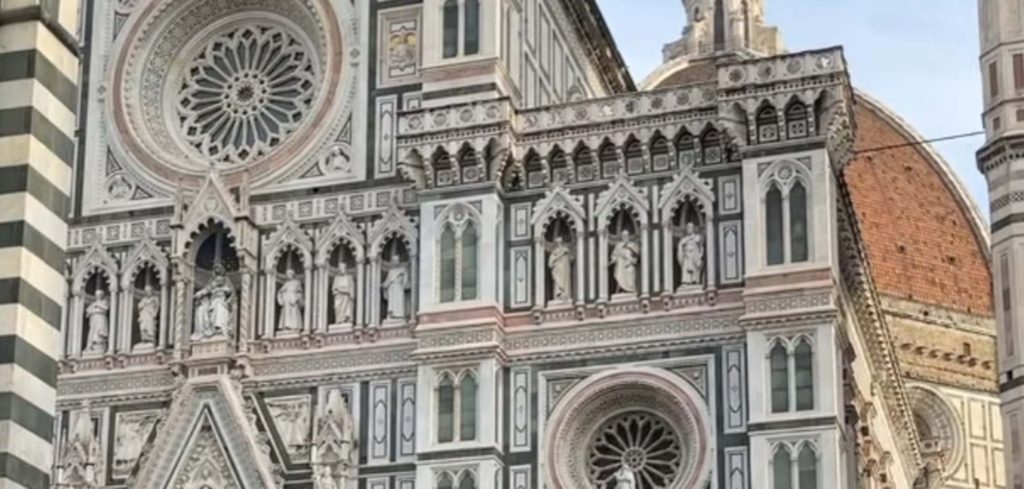
Palazzo Pitti:
Entering Palazzo Pitti, the regal residence of the Medici family, was like stepping into a living testament of Florence’s cultural prominence. Opulent rooms adorned with art collections spoke of the Medici’s patronage and the city’s enduring impact on the world of arts. The palace itself became a canvas, illustrating the grandeur and sophistication synonymous with Florence.
Boboli Gardens:
Amidst the hustle of the city, Boboli Gardens emerged as a serene oasis. The expansive greenery, manicured lawns, and hidden sculptures turned this historic retreat into a haven for contemplation. As I strolled through the gardens, each step became a moment of communion with nature, a contrast to the bustling urban life just beyond its borders. Boboli Gardens stood as a testament to Florence’s ability to seamlessly blend history, art, and the tranquility of nature.
Food Hall Mercato Centrale:
Mercato Centrale, a culinary haven, teased my taste buds with Italian delights. Exploring its stalls, each offering a gastronomic masterpiece, was a sensory journey through Florence’s culinary heritage.
Viewpoint Piazzale Michelangelo:
Piazzale Michelangelo, perched above the city like a guardian, unveiled a panoramic spectacle that etched itself into my memory. As I stood at this captivating viewpoint, the sun gracefully bidding farewell, Florence transformed into a living painting. The city’s skyline, adorned with historic landmarks, embraced the Arno River winding through its heart. The distant hills, bathed in the warm hues of the setting sun, added a layer of enchantment to the already mesmerizing scenery. The postcard-worthy panorama from Piazzale Michelangelo became a visual symphony, capturing the essence of Florence in every brushstroke of nature’s palette.
Palazzo Medici-Riccardi:
Entering Palazzo Medici-Riccardi felt like stepping into a Renaissance masterpiece. This architectural gem allowed me to traverse the corridors of time, immersing myself in the private world of the Medici family. The frescoed walls, adorned with intricate details and vibrant colors, narrated tales of cultural renaissance and artistic patronage. Opulent decor echoed the grandeur of a bygone era, and every room seemed to whisper secrets of the city’s flourishing cultural legacy. Palazzo Medici-Riccardi stood not just as a building but as a living testament to Florence’s profound impact on art and history.
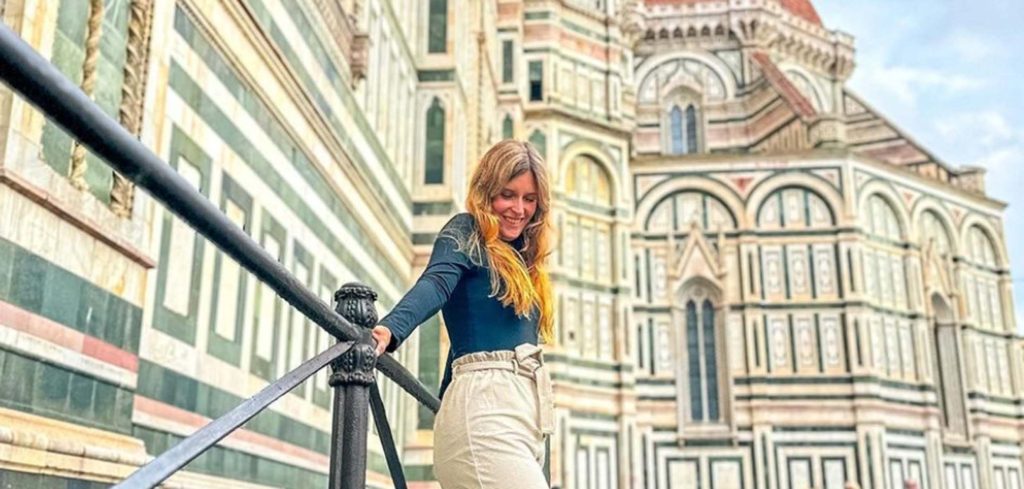
Fontana del Porcellino:
In the heart of the bustling Mercato Nuovo, Fontana del Porcellino emerged as a quirky and charming oasis. The bronze boar, its nose polished to a gleam by countless hands seeking good luck, became a symbol of the city’s whimsical traditions. As I rubbed the boar’s nose with a sense of hopeful anticipation, I felt connected to the vibrant pulse of Florence. The fountain, surrounded by the lively atmosphere of the market, added a touch of whimsy to my exploration, reminding me that amidst the historical grandeur, Florence held space for delightful traditions that made the city even more endearing.
Piazza della Repubblica:
Piazza della Repubblica, a central square, pulsated with life. The historic carousel, elegant cafes, and the surrounding architecture created an atmospheric hub in the heart of Florence.
Museums:
Uffizi Gallery:
The Uffizi Gallery, a repository of Renaissance art, left me awe-struck. Botticelli’s “The Birth of Venus” and da Vinci’s “Annunciation” stood as timeless masterpieces.
Accademia Gallery:
The Accademia Gallery housed Michelangelo’s David, a colossal marvel. Witnessing the statue’s grandeur up close was a moment of artistic revelation.
Galleria Palatina:
Galleria Palatina, within Palazzo Pitti, showcased an opulent collection of art. The Medici’s private gallery unfolded narratives of power, patronage, and artistic brilliance.
Museum of San Marco:
San Marco Museum, residing in a former monastery, provided a serene setting for Fra Angelico’s masterpieces. The frescoes and sacred art offered a glimpse into spiritual artistry.
Galileo Museum:
The Galileo Museum celebrated the scientific legacy of Galileo Galilei. Vintage telescopes, globes, and scientific instruments narrated the tale of Florence’s contributions to the Age of Enlightenment.
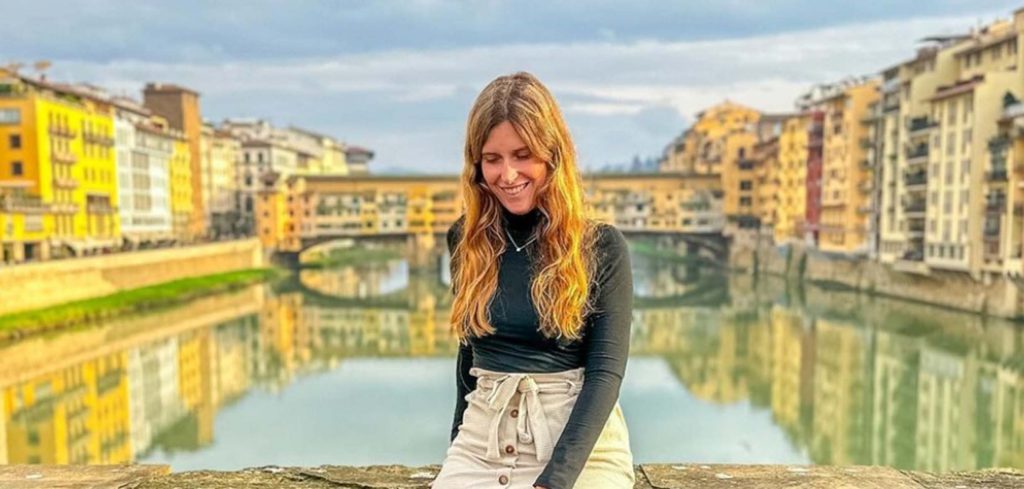
Bargello National Museum:
Bargello National Museum, a former prison turned art museum, displayed Renaissance sculptures. Works by Michelangelo, Donatello, and Cellini spoke volumes about Florence’s artistic prowess.
Churches:
Cathedral of Florence:
The Cathedral of Florence, or Il Duomo, stood as an architectural marvel. Gazing up at its dome, I marveled at the engineering brilliance of Brunelleschi.
Basilica Santa Croce:
Basilica Santa Croce, the final resting place of illustrious figures, captured the city’s spiritual essence. The frescoes and tombs echoed with the whispers of the great minds of Florence.
Basilica di San Miniato al Monte:
Basilica di San Miniato al Monte, perched atop a hill, offered a spiritual retreat. The Romanesque architecture and the panoramic view from the terrace were a testament to divine beauty.
Basilica Santa Maria Novella:
Basilica Santa Maria Novella, with its harmonious facade, showcased Gothic and Renaissance design. The frescoes inside unfolded a visual narrative of religious devotion.
Medici Chapels:
The Medici Chapels, within the Basilica di San Lorenzo, served as the Medici family’s mausoleum. The sculptures by Michelangelo, including the iconic “Night” and “Day,” depicted the duality of life and death.
Activities:
Discover Florence by bike:
Exploring Florence by bike allowed me to navigate its charming streets with ease. The city’s bike-friendly lanes unveiled hidden gems and local spots.
Go shopping in a leather market:
Florence’s leather markets, like San Lorenzo Market, offered
a sensory shopping experience. The exquisite craftsmanship and the scent of leather lingered in the air.
Make a day trip to Pisa, Siena, or Lucca:
Venturing beyond Florence, day trips to Pisa, Siena, or Lucca unveiled the diversity of Tuscany. Each destination added layers to my understanding of the region’s cultural tapestry.
Visit Cinque Terre:
A day trip to Cinque Terre, a coastal gem, allowed me to savor the vibrant hues of seaside villages. The picturesque landscapes and seaside ambiance created a memorable escape.
Enjoy the view from a viewpoint:
Exploring Florence’s various viewpoints, like Piazzale Michelangelo, became a recurring theme. Each vantage point offered a unique perspective, capturing the essence of the city from different angles.
Practical Information:
Tickets and Reservations:
Many of Florence’s attractions, especially museums and popular sights, require tickets for entry. It’s advisable to book tickets in advance, either online or through official channels, to avoid long queues and ensure a seamless experience. Ticket prices vary, so it’s essential to check the official websites for updated information.
Operating Hours:
Most attractions in Florence, including museums, churches, and historical sites, follow specific operating hours. These hours may vary, so it’s recommended to check the official websites or local information for accurate details. Planning visits during weekdays or non-peak hours can enhance the overall experience.
History and Background:
Florence, known as the birthplace of the Renaissance, carries a rich tapestry of history and cultural heritage. From being a medieval trade center to the epicenter of artistic and intellectual revival, Florence has played a pivotal role in shaping Italy’s identity. The Medici family, prominent patrons of the arts, wielded significant influence, commissioning masterpieces that adorn the city’s churches and museums. The architectural marvels, including the Florence Cathedral and Palazzo Vecchio, stand as testaments to the city’s enduring legacy.
In conclusion, Florence is a captivating blend of art, history, and vibrant life. This mini travel guide aims to serve as a compass for unlocking the treasures that await in this Italian gem. Whether you’re marveling at the architectural wonders, immersing yourself in artistic masterpieces, or savoring the local culture, Florence invites you on a journey that transcends time and leaves an everlasting imprint on the soul.
